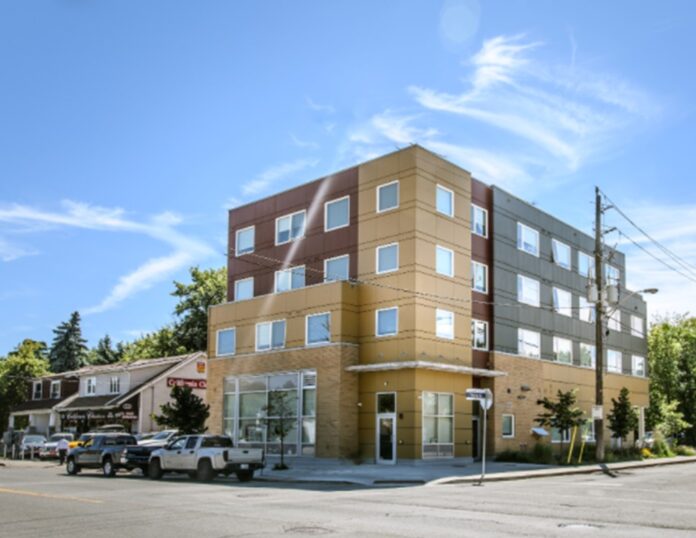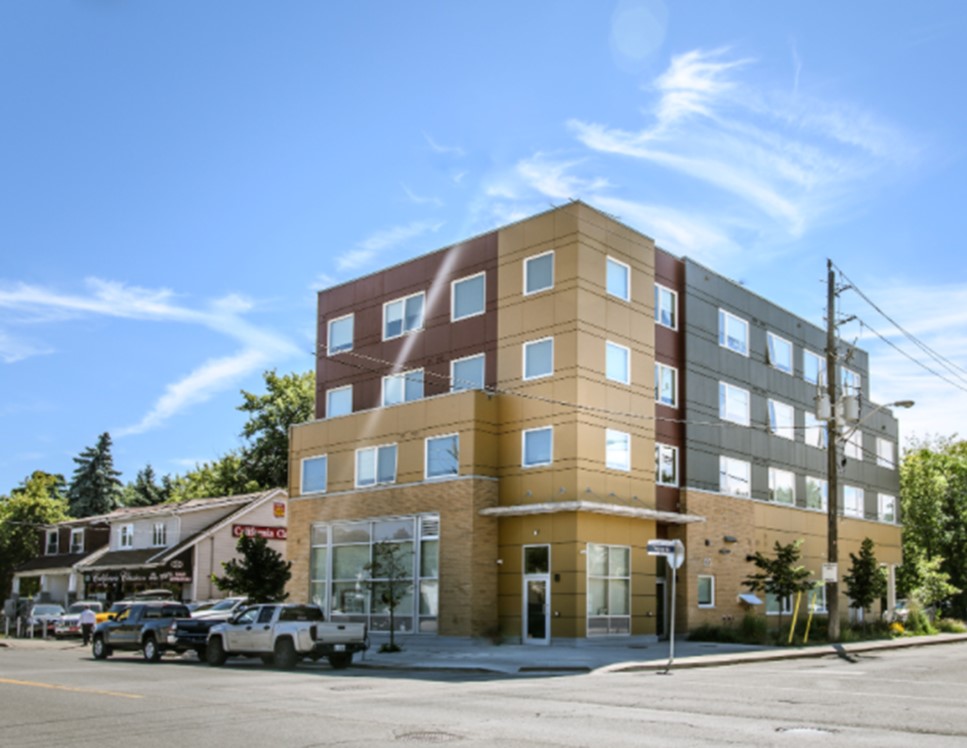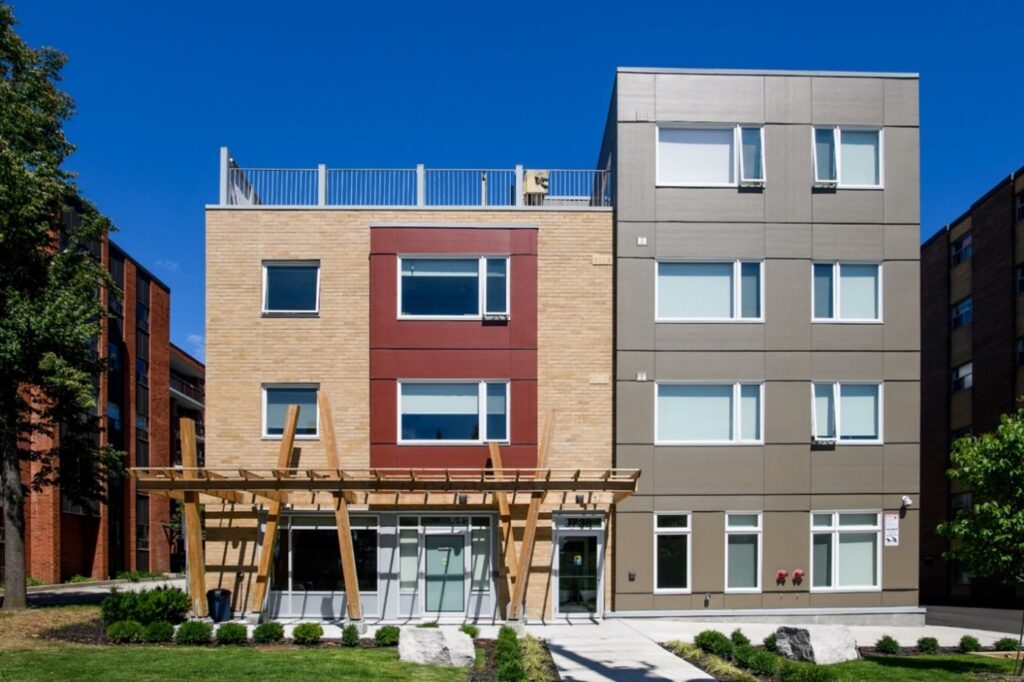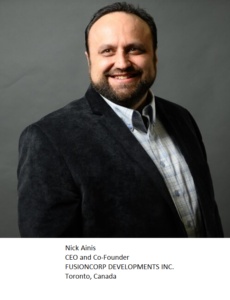By Nick Ainis
Fusioncorp Developments
With 17.1 per cent of Indigenous people living in overcrowded housing, and within that umbrella 40.1 per cent of Inuit, 21.4 per cent of First Nations and 7.9 per cent of Metis, a solution to their housing crisis is imminently important. The reasons for this crisis are many. First, Indigenous families are not permitted to own their own homes on reserve land, which belongs to the Crown or the First Nations. As homeownership is valued in Canada as a desirable way to put down roots in a community and raise a family, this situation must change. About 70 per cent of Canadians apart from Indigenous communities own their homes, while that percentage in Indigenous communities is nearly zero.
In March, Auditor General Karen Hogan released a report indicating that the federal government is not meeting its housing and policing commitments to Indigenous people in Canada. She referred to adequate housing as a “basic human need” and added that the percentage of First Nations homes in need or repair or replacement in 2022 was the same as it was in 2015. Over the past five fiscal years, the federal government spent $3.86 billion building and repairing homes in First Nations communities, but in 2021, an Assembly of First Nations report declared that $44 billion was needed.
Indigenous housing funding
In the Canadian 2022 Budget, $2.4 billion over five years was allotted for housing on First Nations reserves, and that is in addition to the approximately $159.5 million already provided every year to First Nations to improve their on-reserve housing. CMHC and Indigenous Services Canada are the main government organizations overseeing housing in First Nations communities. Those with better housing conditions have received more funding than similar size communities with poor conditions. Why aren’t the funds allotted to Indigenous housing being allocated fairly? It’s time to work together to fix this situation.
Fusioncorp Developments was honoured and grateful to work on two incredible indigenous housing projects with the New Frontiers Aboriginal Residential Corporation (NFARC), a non-profit housing provider based in Toronto that develops affordable rental accommodations for indigenous peoples.
Amik II
A four-storey wood framed building included ground floor retail and 20 units of affordable housing for status and non-status First Nations. The Danforth Avenue project is located in the Danforth-Victoria Park area of Toronto, within easy walking distance to the subway. The building is comprised of 12 bachelors, seven one-bedroom units and one three-bedroom unit. Surface parking for vehicles is provided in the rear of the building and there is also bicycle parking inside the building.
Amik III
This project was a four-storey wood framed structure, providing 22 units of affordable housing for status and non-status First Nations. The St. Clair Ave. project is in the St. Clair and Brimley area of Toronto. The building is comprised of two bachelors, 14 one-bedroom and six two-bedroom apartments. Surface parking for vehicles was provided in the rear of the building and bicycle parking inside the building.
Both projects were developed under the GTA Aboriginal Affordable Housing Program and will be offered to low- and moderate-income Aboriginal households.
These residences are a welcome step for Indigenous people who wish to eventually own a home. It is a public-private joint venture that benefits everyone involved.
Market housing for Indigenous people
There is no reason that the private sector cannot work with Indigenous people to build market housing. The hold-ups that are obstacles in the path start with private ownership which should be afforded to all people, especially indigenous peoples, and this is simply not acceptable today. Homeownership is a great source for wealth and other opportunities.
In addition, all levels of government should work with Indigenous people to ensure that they obtain and retain autonomy when it comes to governing their own communities. Steps are being taken toward that goal. Recently, the Canada infrastructure bank transferred $100 million to the First Nations Bank of Canada so they have autonomy in how they’re going to invest in some infrastructure Investments and housing. Chiefs across Canada have the goal of making sure their communities can grow and sustain their populations, as well as training members to do the work required. The days of the federal government determining where Indigenous housing can be built and what kind it can be should end immediately.
The author of Building Toronto’s Skyline: Toronto Condominiums Through the Decades, Nick Ainis is Founder and CEO of Fusioncorp Developments, a boutique construction management company and general contracting organization specializing in multi-unit residential condominiums. fusioncorp.ca.














